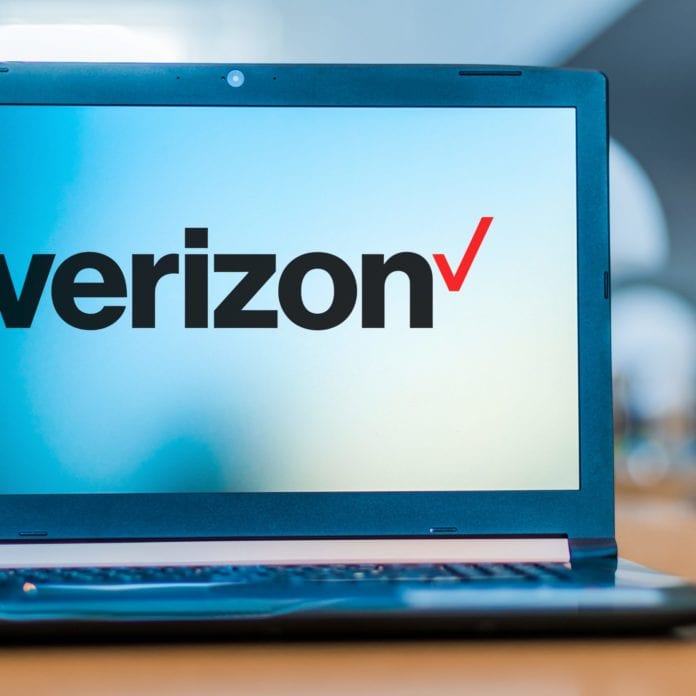Verizon’s 5G Home service is available in parts of 52 U.S. cities
Verizon has been expanding its 5G Home broadband offering across the U.S., with the service available in parts of 52 cities as of early August. According to Verizon Consumer Group’s Chief Revenue Officer Frank Boulben, the service, which runs on Verizon’s millimeter (mmWave) network — branded as Ultra Wideband — is part of the carrier’s larger goal of becoming a full connectivity provider and to address common consumer pain points.
“We want to be a full connectivity provider for households and families,” Boulben told RCR Wireless News. “That means offering mobility services, as well as home broadband, whether it’s with Verizon Fios, 5G Home or 4G LTE internet. We have multiple brands covering the entire market.”
But, Verizon wants to simplify how those multiple brands deliver connectivity to consumers. Prior to its 5G launch, Verizon had its mobility business on side, and then in nine states in the north east, its fiber business, Fios, that bundled internet, telephone and television services, as well as fixed wireless access (FWA) using the mobility network on a limited scale.
Now, though, the company is deploying a “multi-purpose” network.
“Our 5G network can serve both mobility needs and home connectivity needs. Previously, we had one network for mobility and one for home,” said Boulben. “Now, consumers will be able to interact with just one brand and one company for all of their connectivity needs.”
Adding 5G Home to an existing mobility account is as simple as adding another mobile line, he continued, adding that U.S. cable customers typically have negative experiences with their cable companies because they have to sign a contract, the services are bundle and there are often promotions that roll off, as well as undisclosed taxes and fees.
None of this, said Boulben, is the case for 5G Home.
“If the only thing you want is internet for your home and you are an existing mobile costumers, it $50 a month without a contract or fees or a bundle. If you want additional services, those are optionally available as well as optional additions,” he said. “This has resonated really well so far with consumers.”
When it comes to rollout strategy, Boulben explained that Verizon let its mobility service be the guide, deploying 5G Ultra Wideband first where there was the biggest need in terms of mobile network capacity, following by coverage of several homes to whom 5G Home could be offered without much additional investment.
“We decided that once we were covering enough homes in a particular city for 5G Home,” he continued, “we would open that service in that city, so what has dictated the sequence has really been our mobility network rollout.”
However, he added that with the expansion of C Band, this approach is going to change somewhat, echoing much of what Verizon Consumer Group CEO Ronan Dunne discussed in June at the Sanford C. Bernstein Strategic Decisions Conference.
Dunne said the $43 billion spent on mid-band spectrum will enable Verizon “to be a much more scaled residential broadband provider.” And in a March presentation for investors, Verizon executives announced a planned increase in capital investment by $10 billion over three years and said it will install between 7,000 and 8,000 C Band sites by the end of this year.
Boulben confirmed a March press release, which stated that, with the addition of its C Band spectrum, the carrier will cover approximately 15 million homes with its 5G Home product.

